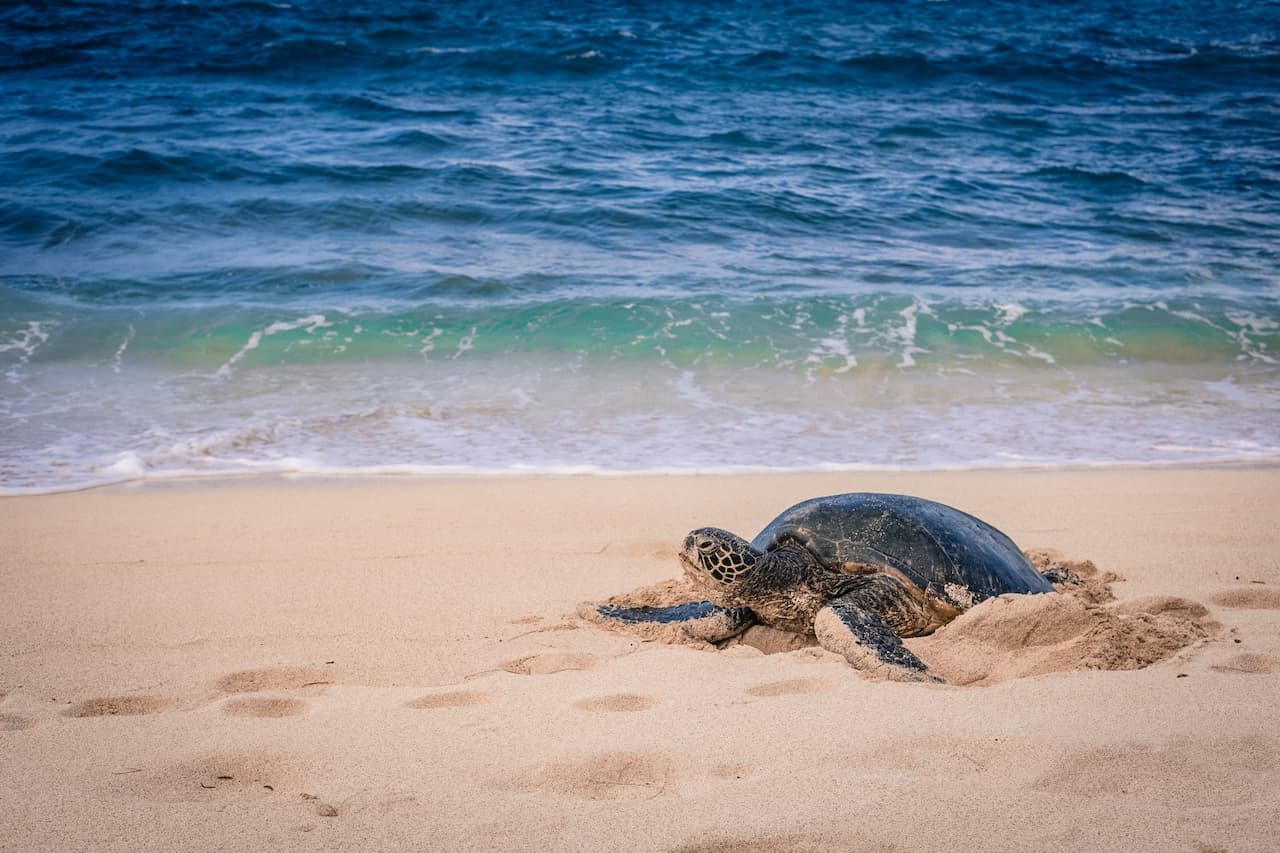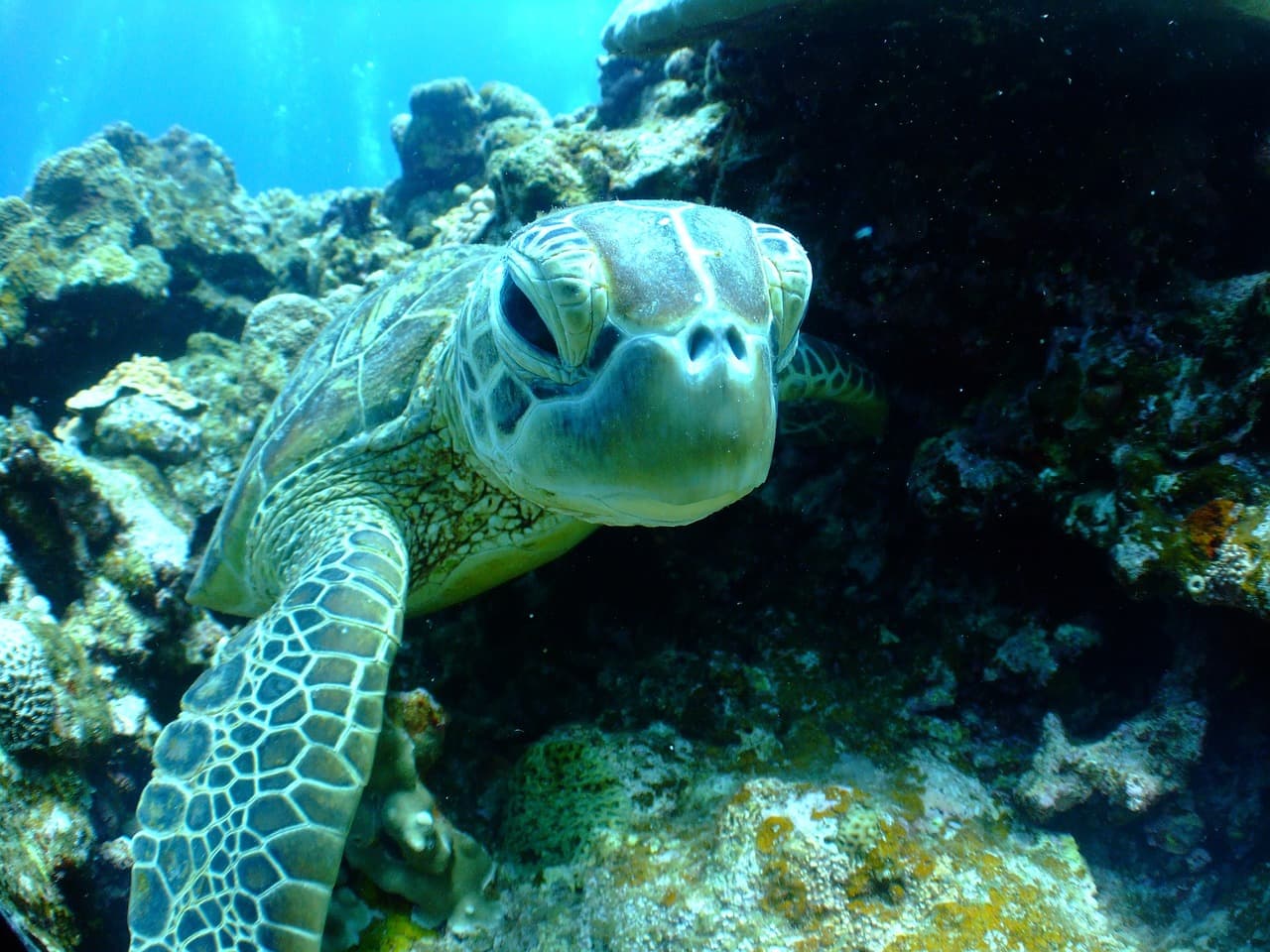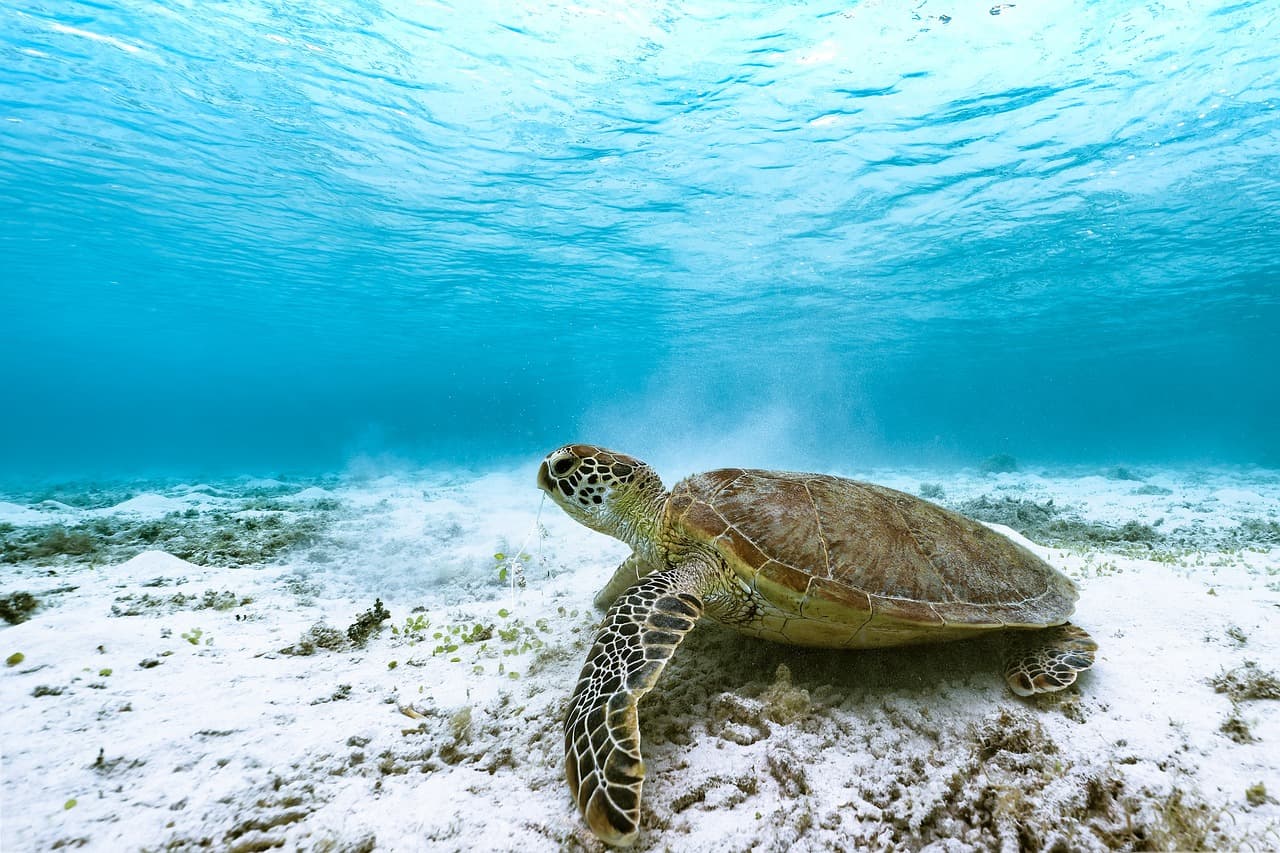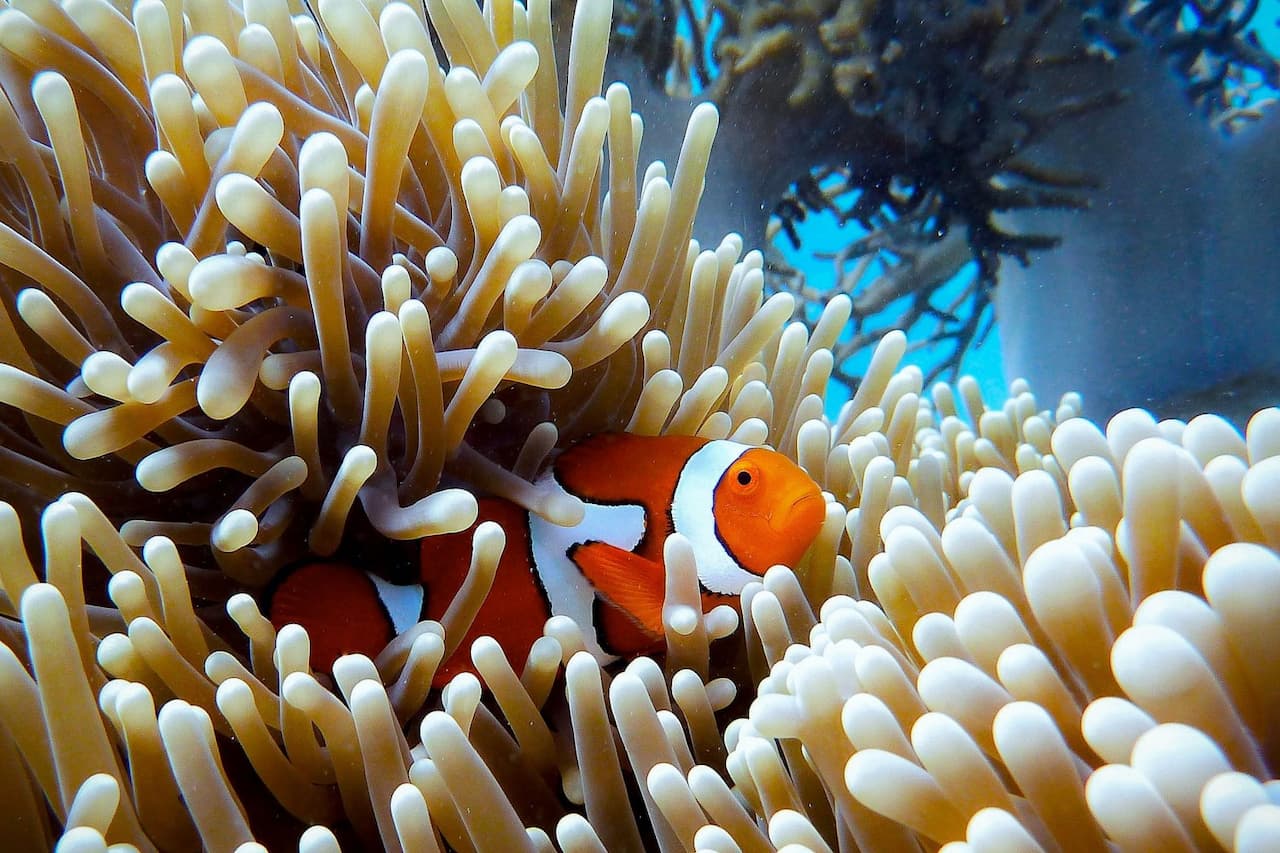Sea turtles are one of the oldest inhabitants of our planet. They have been around for over 100 million years and represent eternity and sustainability in the natural world. These majestic creatures play an important role in the ecosystem of the seas and oceans, and also inspire admiration among people for their unique beauty and behavior.
Variety of sea turtles
There are currently seven species of sea turtles, each with their own unique characteristics and adaptations. Here are some of them:
- Green turtle (Chelonia mydas). Green turtles get their name from the greenish color of their living algae. They are one of the largest sea turtles and are found in tropical and subtropical waters.
- Leatherback turtle (Dermochelys coriacea). Leatherback turtles are the largest of the sea turtles and can reach lengths of over 2 meters. Their main feature is a leathery shell instead of a hard shell.
- Caretta. These turtles are known for their large shells and red-brown coloring. They are distributed in various parts of the world’s oceans.
- Olive turtle (Lepidochelys olivacea). Olive turtles are the smallest of the sea turtles, typically measuring less than 2 feet in length. They are also known as “olive shells” because of the color of their shell.
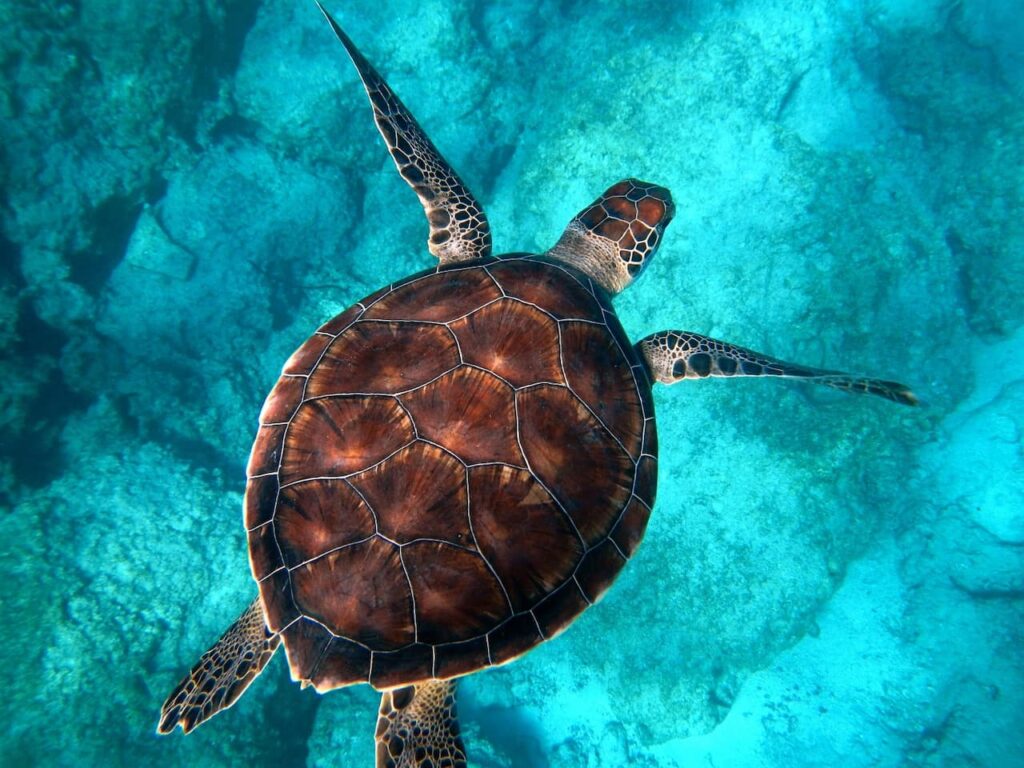
Lifecycle and migrations
Sea turtles have an amazing life cycle that involves migrations of thousands of miles. The main stage of the life cycle of a sea turtle includes the following stages:
- Laying eggs. Females come ashore to lay their eggs in the sand. This process is called masonry.
- Hatching. Once the eggs are laid, they remain in the sand for several weeks or months, depending on the species. The offspring of sea turtles hatch and end up in the ocean.
- Young turtles. Young turtles spend the first years of their lives at sea, where they are exposed to many dangers, including predators and pollution.
- Sexual maturity. Sexual maturity occurs in turtles between the ages of 15 and 50 years, depending on the species. From this point on, they begin to return to shore to lay their eggs and complete the cycle.
Security and threats
Sea turtles are under constant threat due to a variety of factors:
- Habitat loss. Coastal pollution and the construction of tourist facilities are leading to the destruction of coastal ecosystems where sea turtles lay their eggs. The destruction of breeding sites leaves young turtles without protection and food.
- Digging for eggs. The uncontrolled harvesting of sea turtle eggs for sale on the black market is a serious threat. Efforts are underway in many countries to create protected nature reserves and patrol coastlines to prevent this practice.
- Collision with ships. Sea turtles often encounter danger in the form of ships, especially in areas with heavy marine traffic. This can result in injury and death to turtles, as well as the destruction of ship propellers.
- Climate change. Climate change is affecting sea turtle habitats, including changes in temperatures and sea levels. This can affect the survival and reproduction of turtles.
- Losses in fishing. Sea turtles are accidentally caught in fishing nets and fishing rods, leading to their loss. Many countries are introducing new technologies and fishing regulations to reduce this threat.
- Plastic Pollution. Sea turtles often confuse plastic waste with food and ingest it. This can lead to clogging of the digestive tract and death of the turtle. Fighting plastic pollution and educating public awareness are important to reduce this threat.
To protect sea turtles, many organizations and governments work together to develop and implement conservation strategies. These efforts include the creation of protected reserves, monitoring of turtle populations, public education campaigns and strict fishing regulations.
Such measures help reduce pressure on sea turtles and provide them with a safer future. However, the conservation of these precious species requires constant attention and participation from the entire global community.
Conclusion
Sea turtles are unique and colorful creatures that play an important role in ocean ecosystems. Their conservation and protection is a priority for maintaining biodiversity and the health of our seas and oceans. It is important to continue to study and learn about sea turtles to ensure they have a safe future for our planet.
